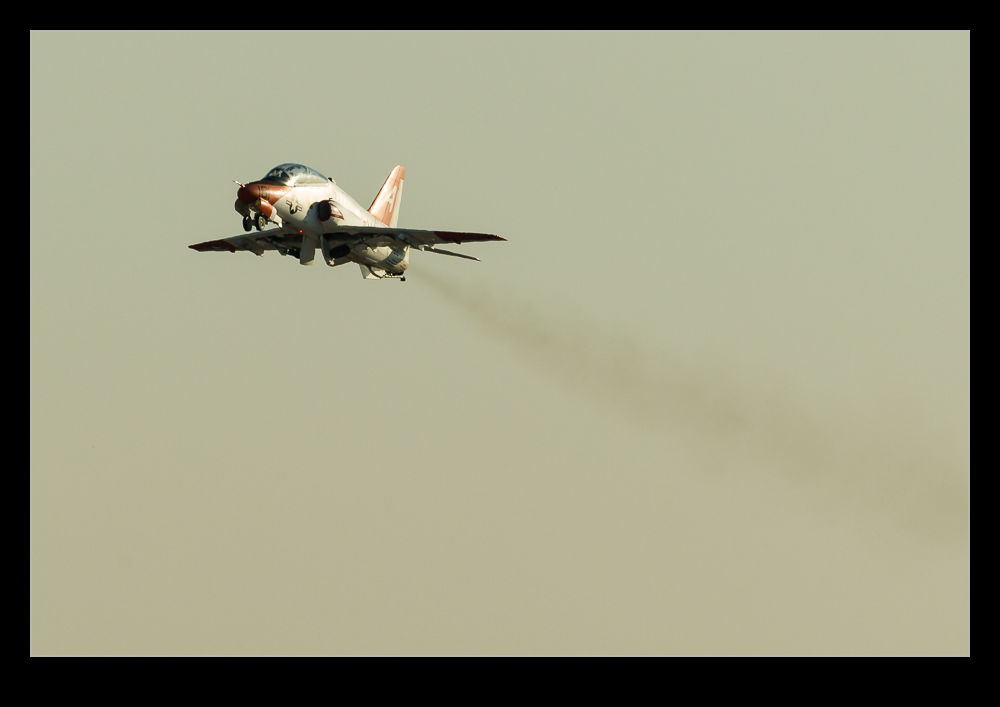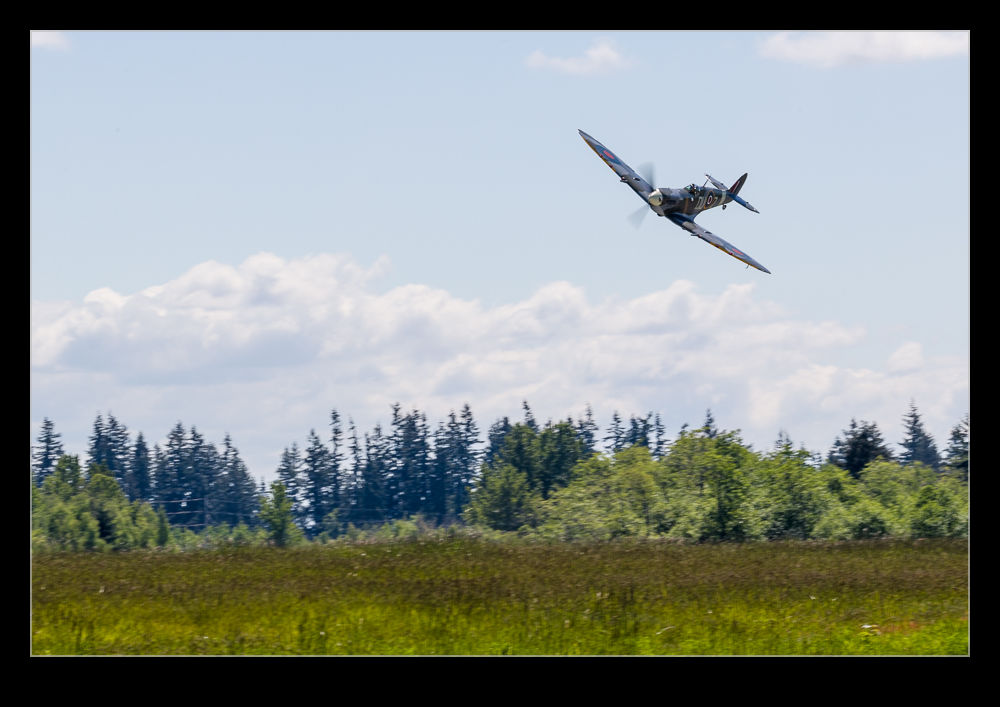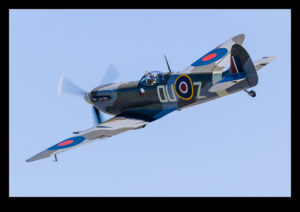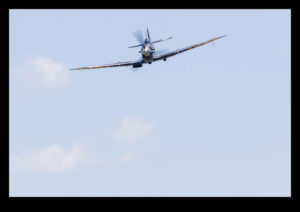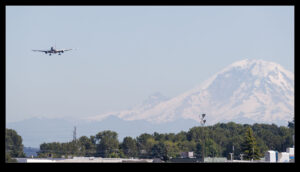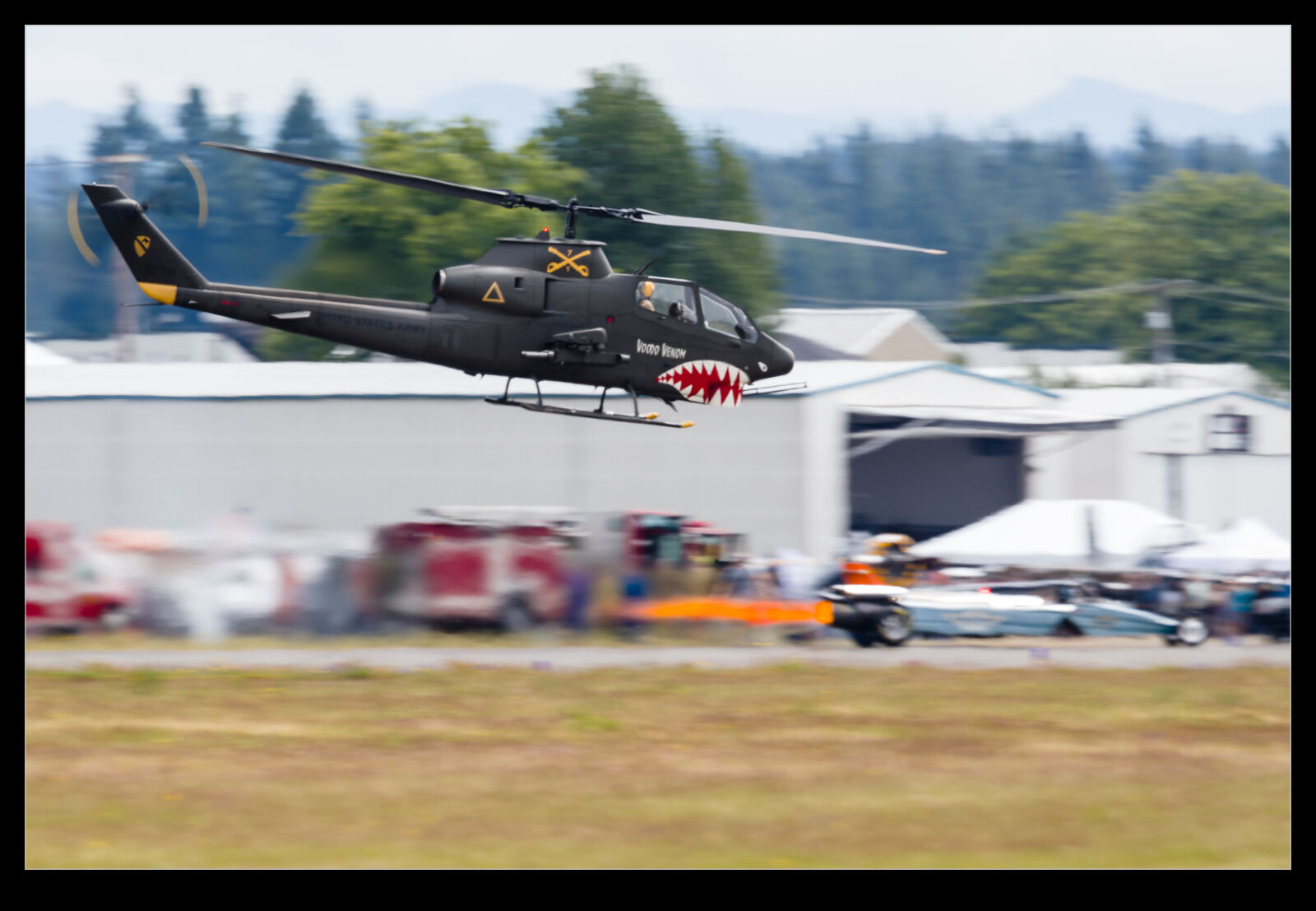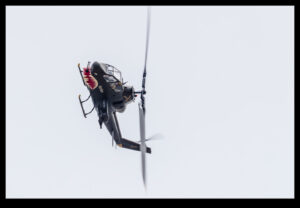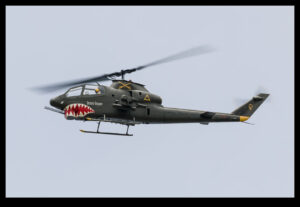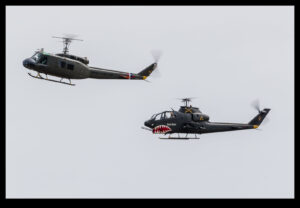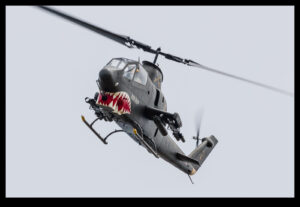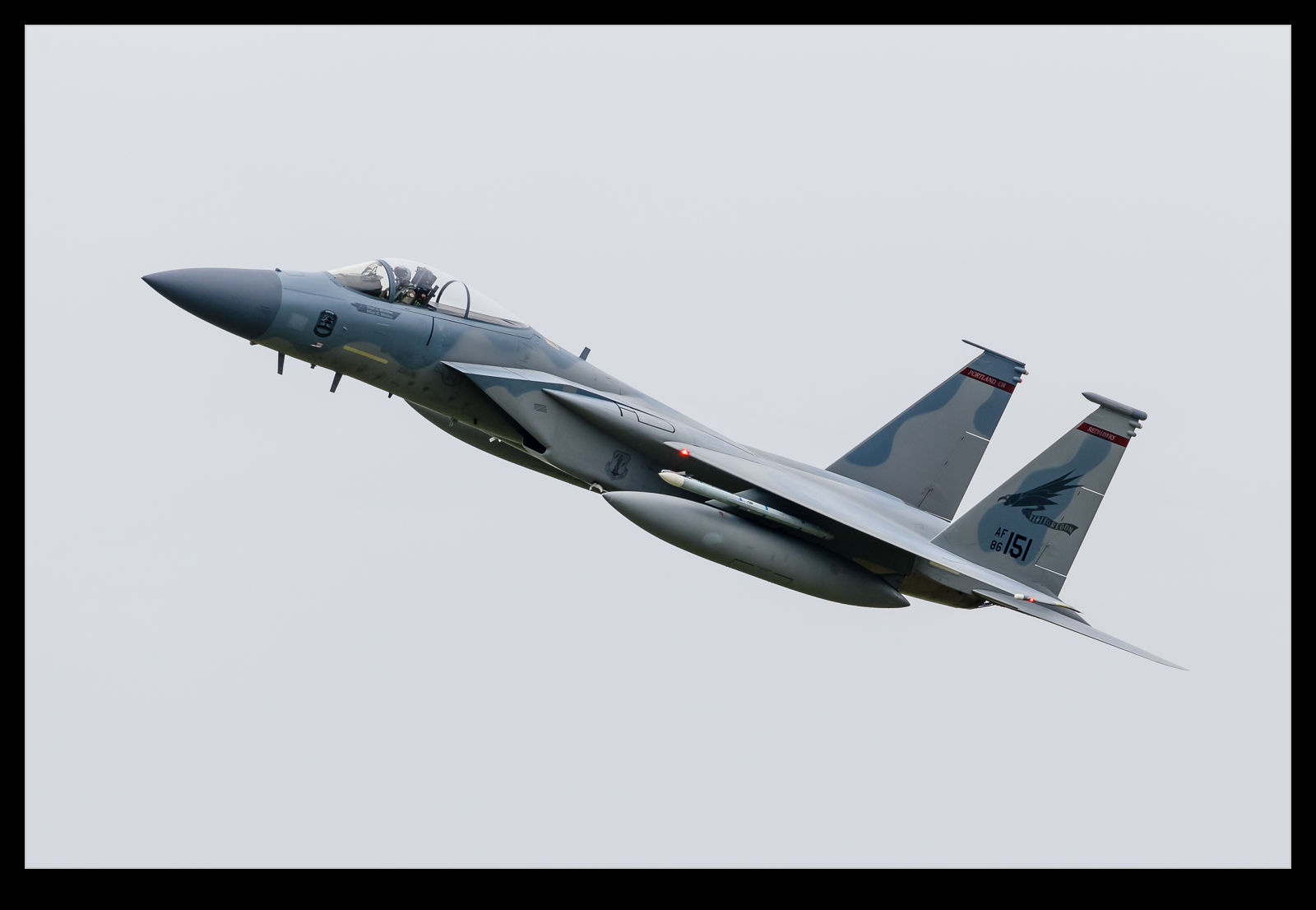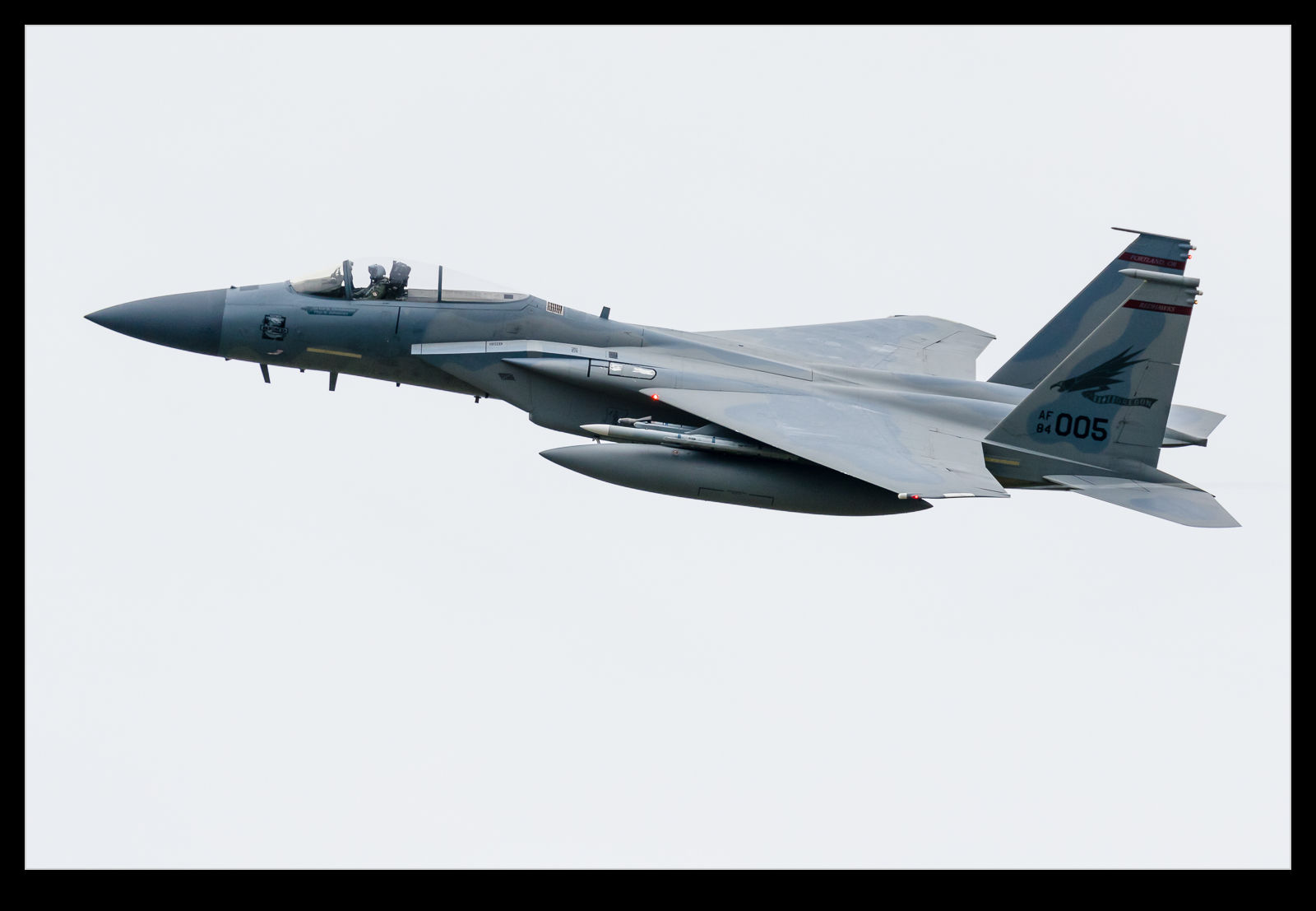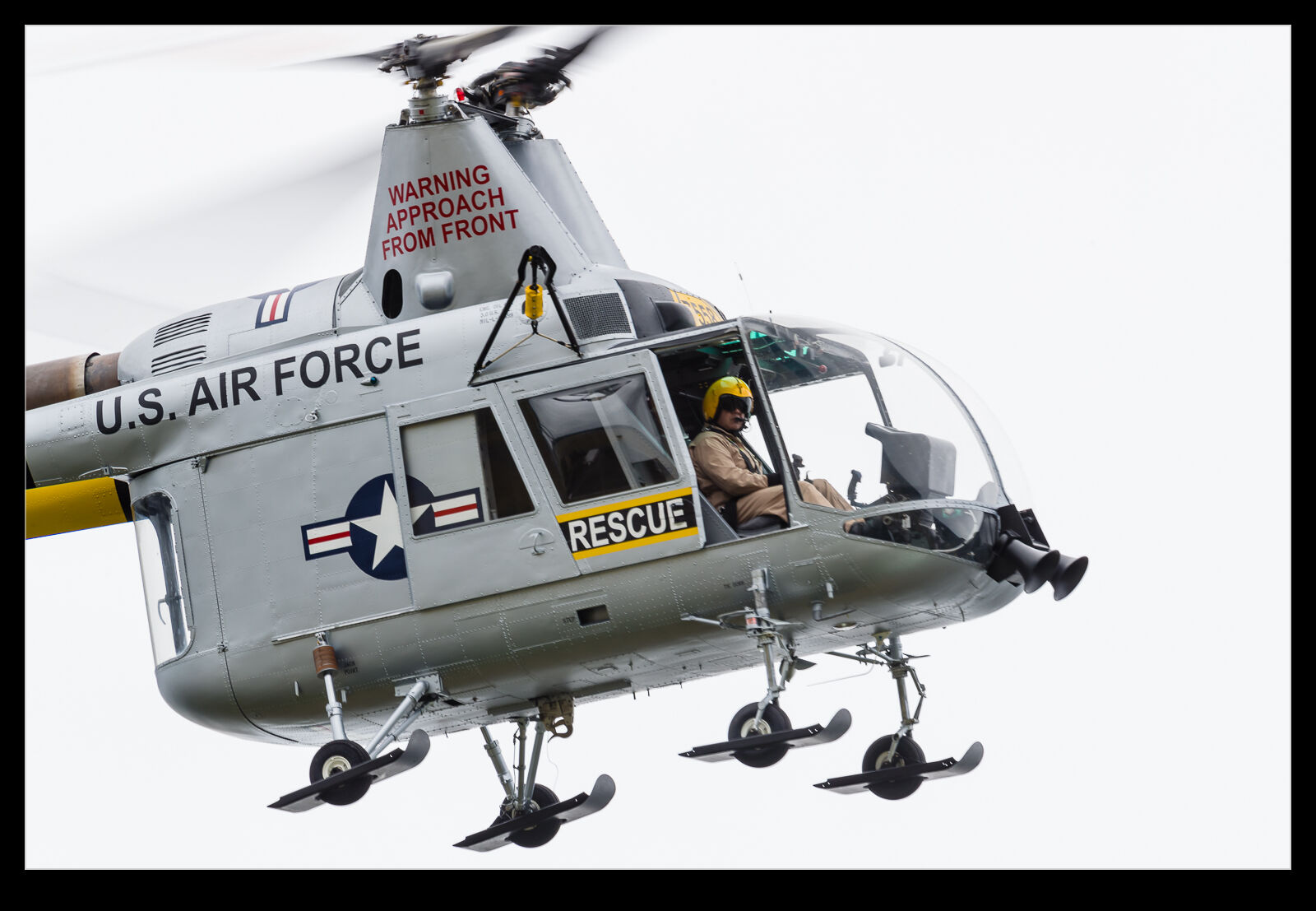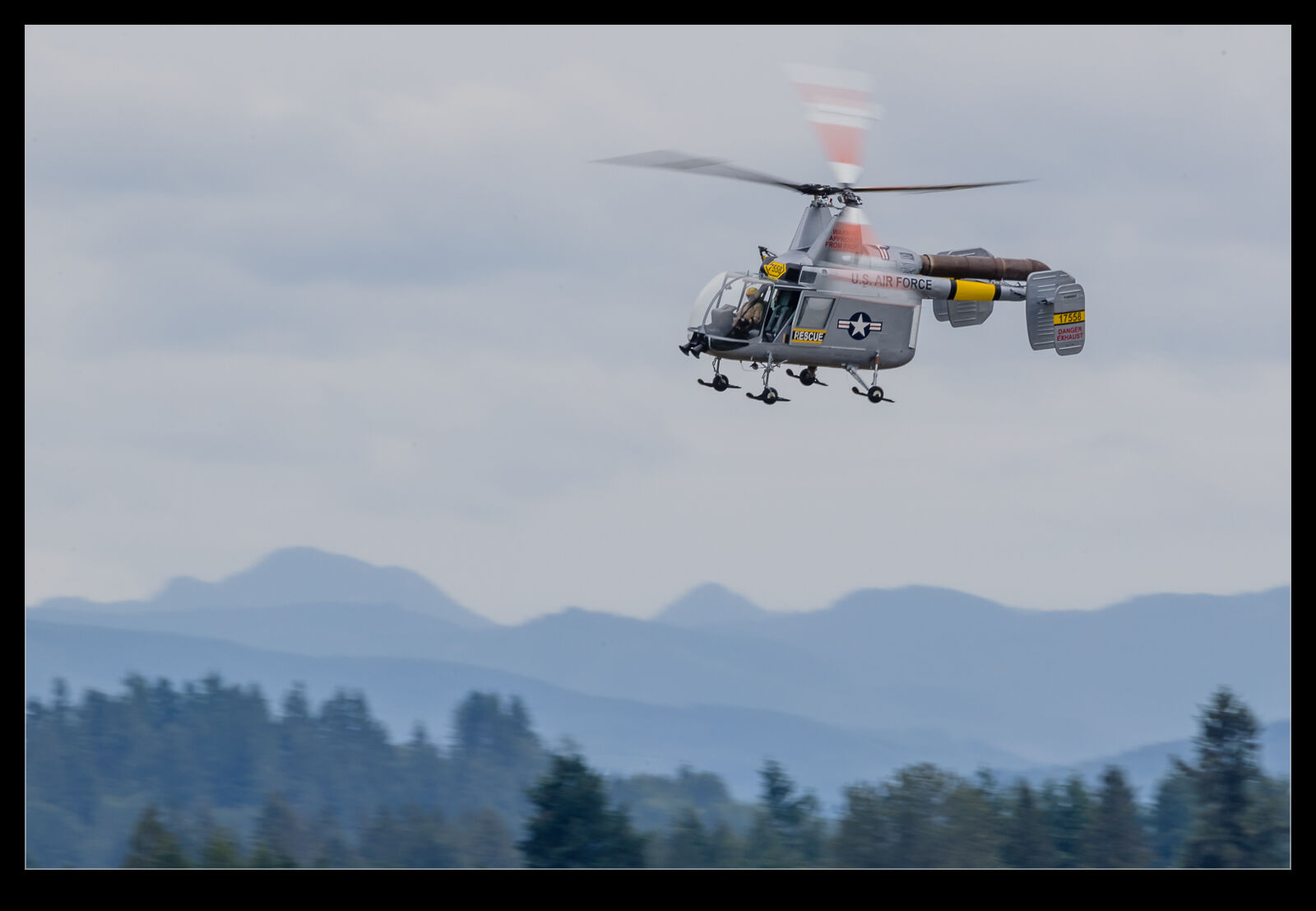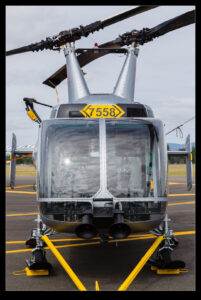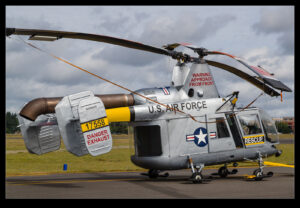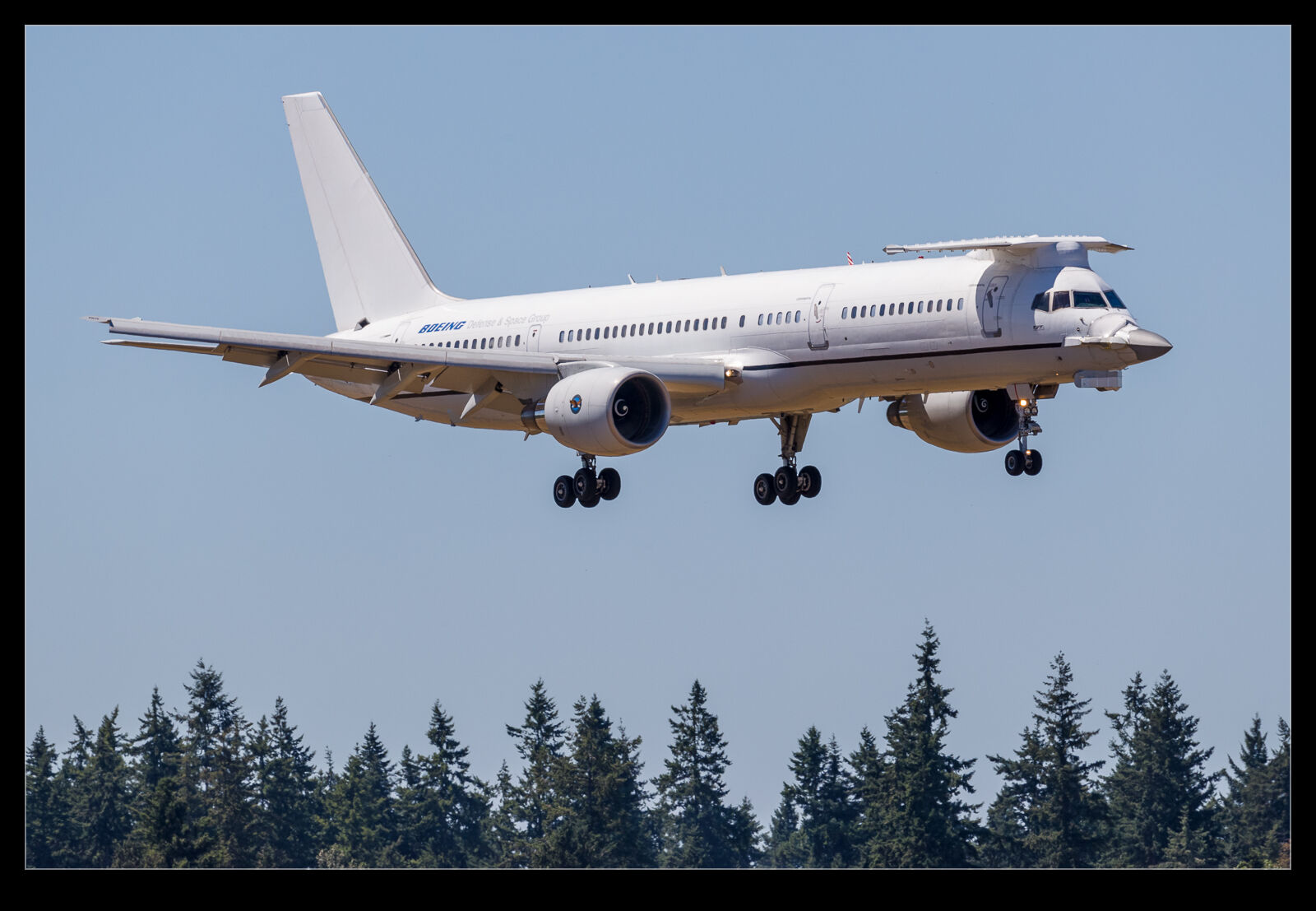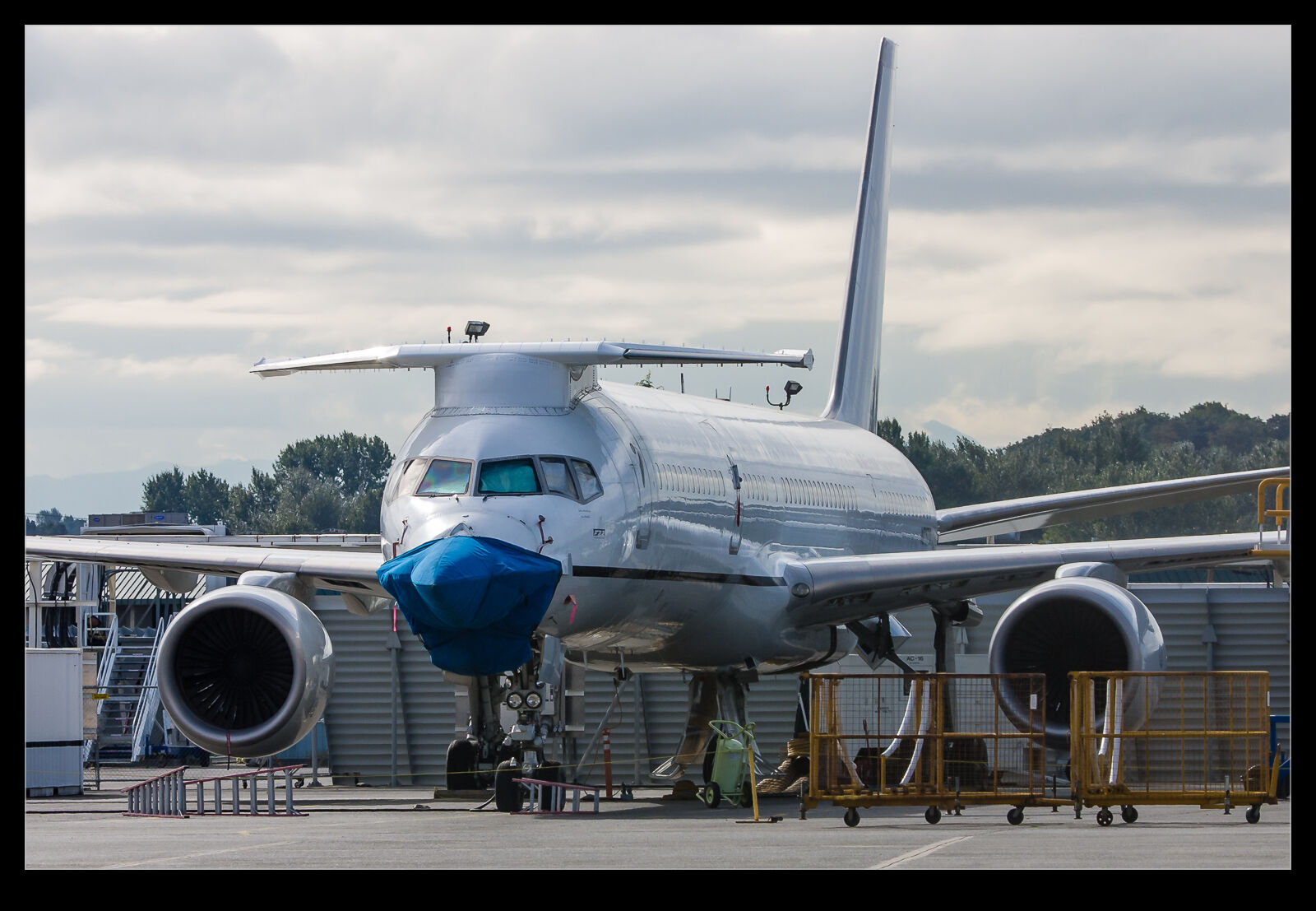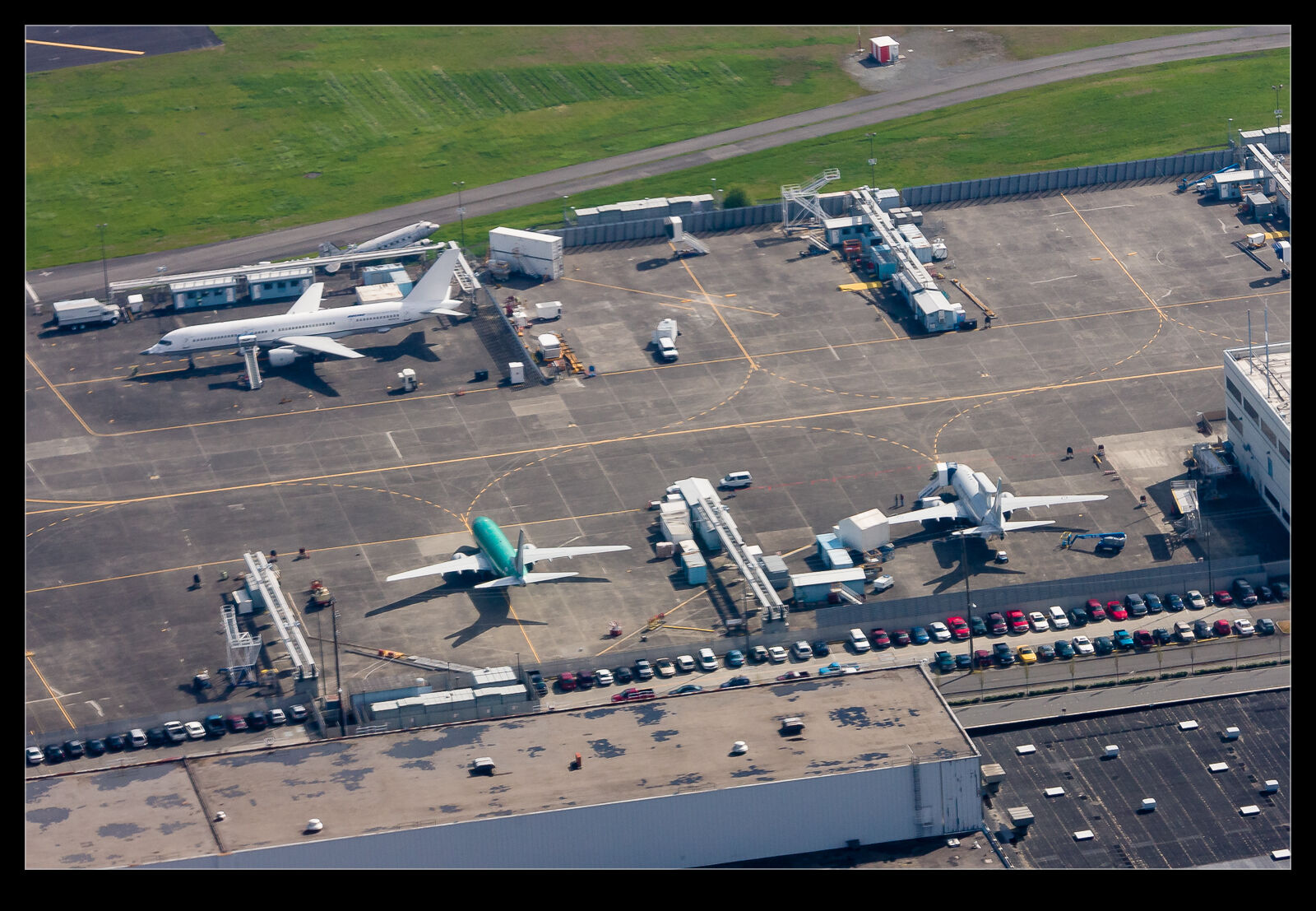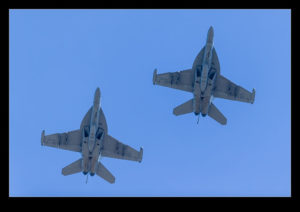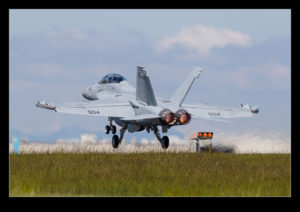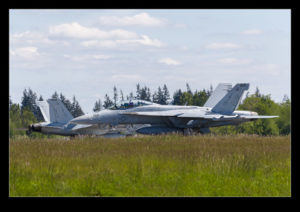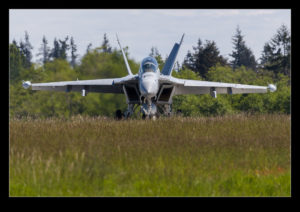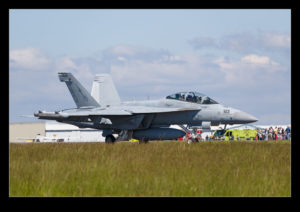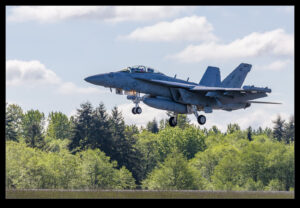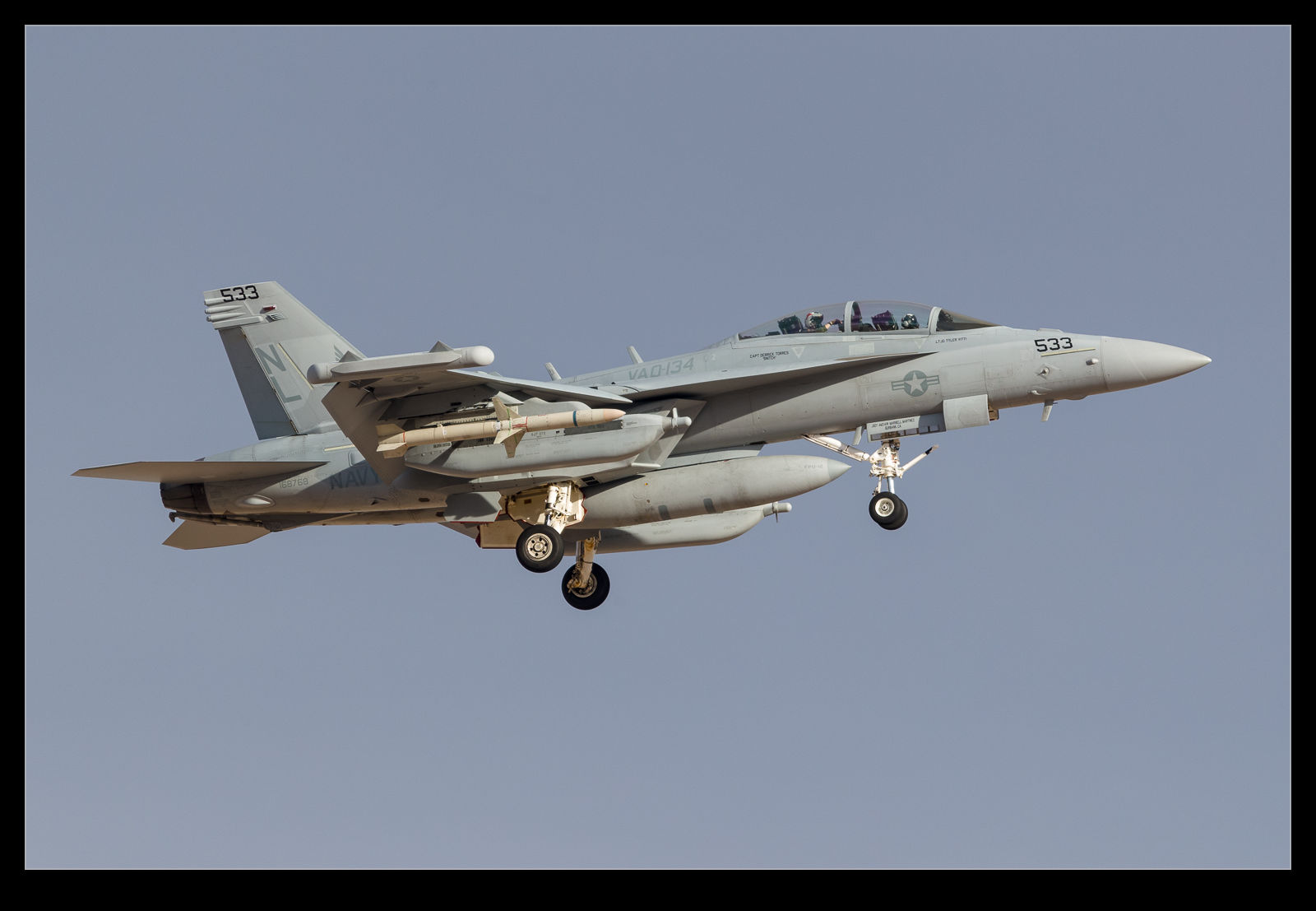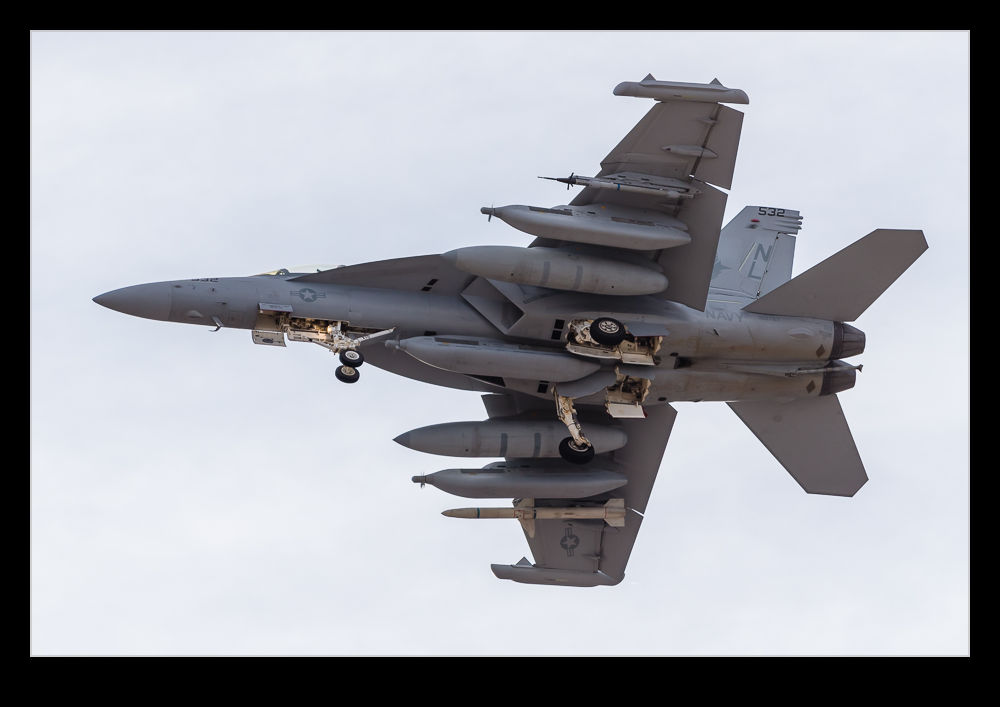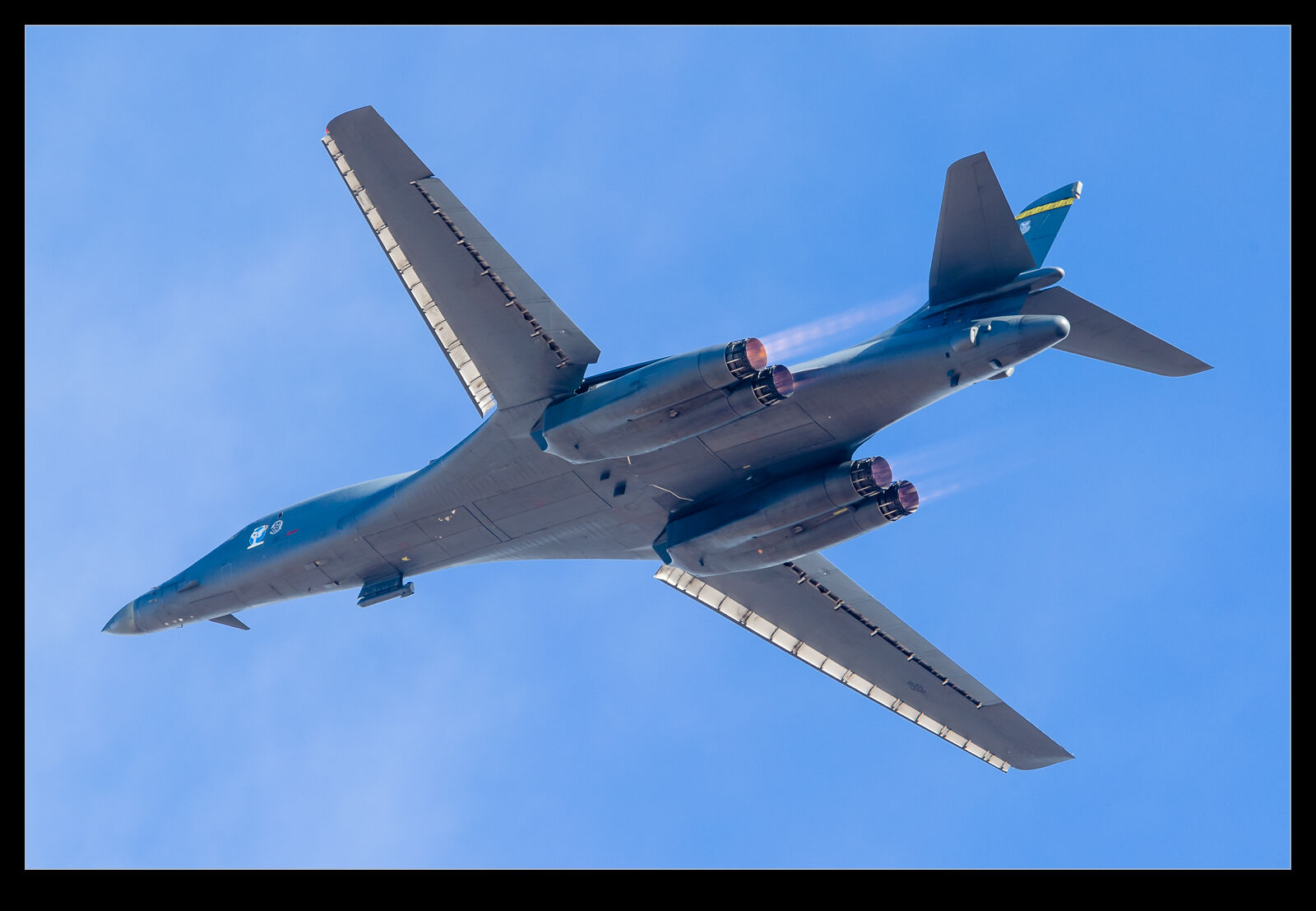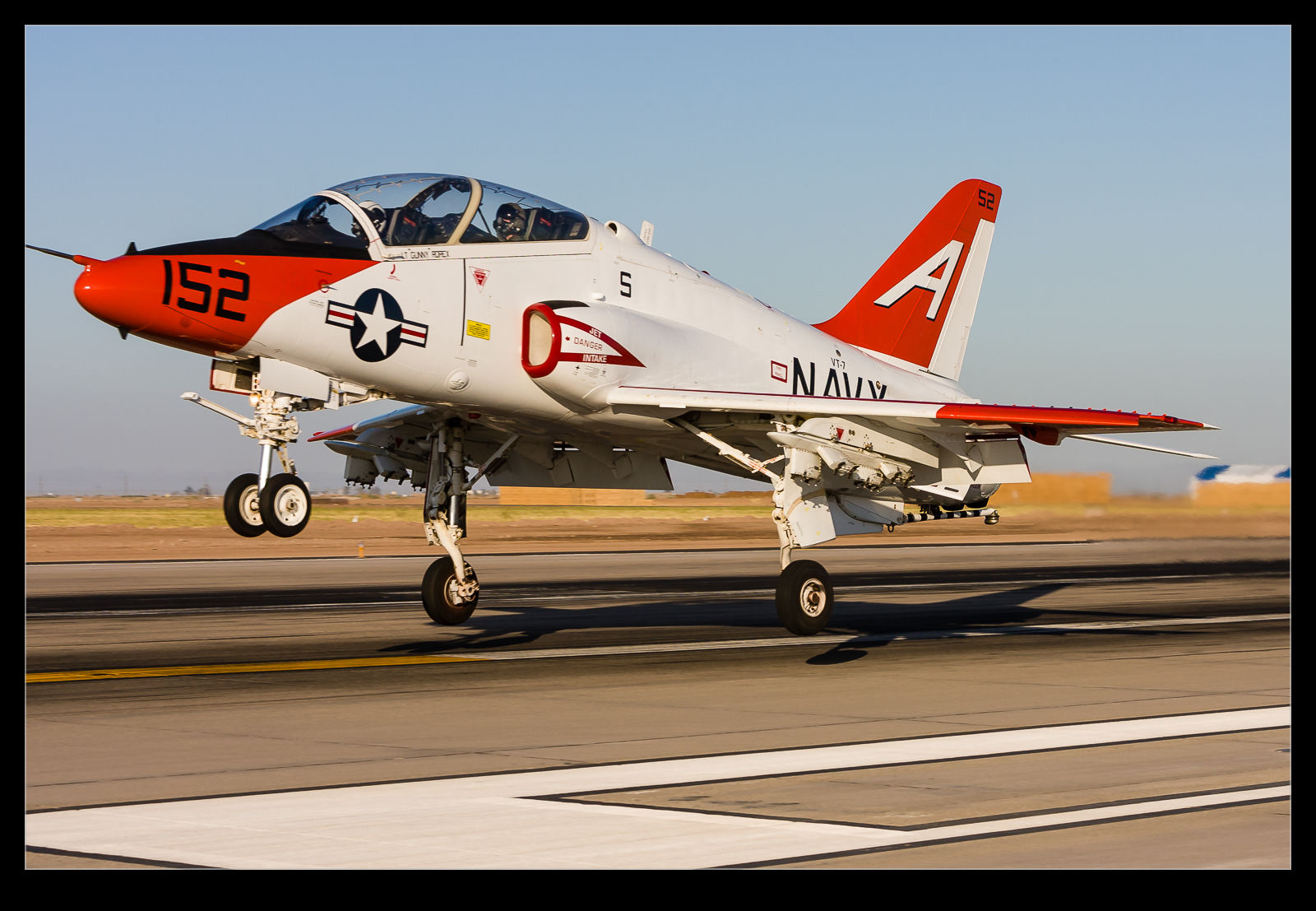 With a title like that, who could resist reading this one! The T-45 is a plane I have a close affinity with. It was my involvement with the project that first brought me to work in the US and it is responsible for me meeting Nancy. Aside from that, I got quite involved in many aspects of the plane’s design so feel like I know it quite well. It did not have a smooth entry to service and went through a multitude of upgrades prior to being accepted in to service. One of the lesser known items was the nose gear doors.
With a title like that, who could resist reading this one! The T-45 is a plane I have a close affinity with. It was my involvement with the project that first brought me to work in the US and it is responsible for me meeting Nancy. Aside from that, I got quite involved in many aspects of the plane’s design so feel like I know it quite well. It did not have a smooth entry to service and went through a multitude of upgrades prior to being accepted in to service. One of the lesser known items was the nose gear doors.
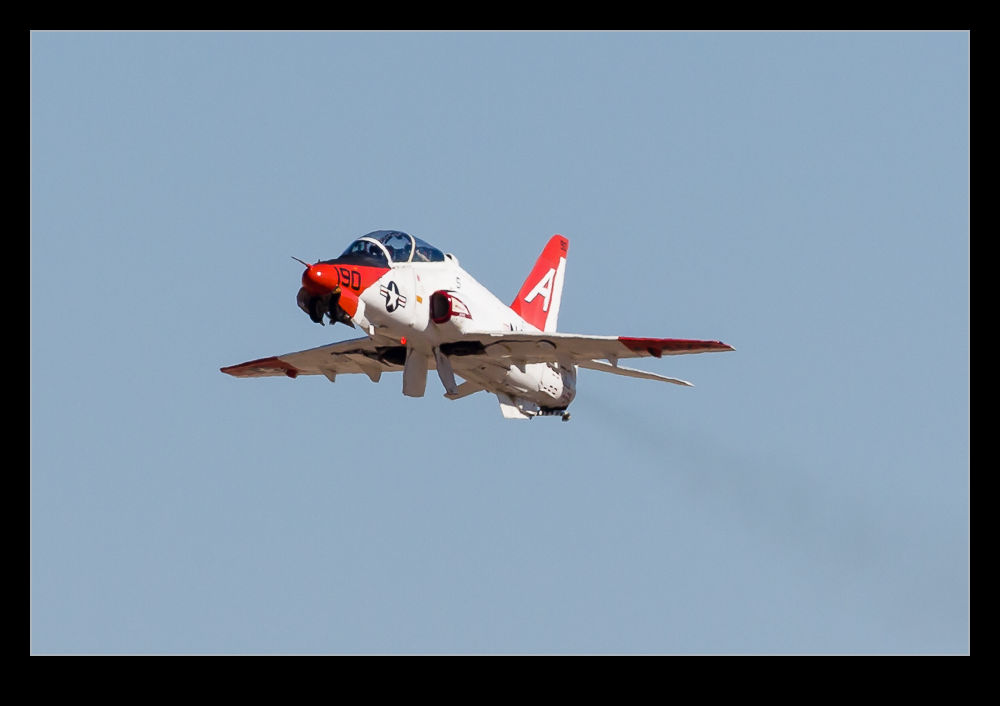 These were lumped in to a bunch of issues relating to directional stability. The front fuselage of the T-45 is considerably deeper than the original Hawk but the design originally had the same fin and actually lost the ventral fins that were either side of the airbrake on the original. Directional control was enhanced by adding a fin cap, modifying the rudder design and adding a new ventral fin on the arrestor hook fairing. One other change was made too.
These were lumped in to a bunch of issues relating to directional stability. The front fuselage of the T-45 is considerably deeper than the original Hawk but the design originally had the same fin and actually lost the ventral fins that were either side of the airbrake on the original. Directional control was enhanced by adding a fin cap, modifying the rudder design and adding a new ventral fin on the arrestor hook fairing. One other change was made too.
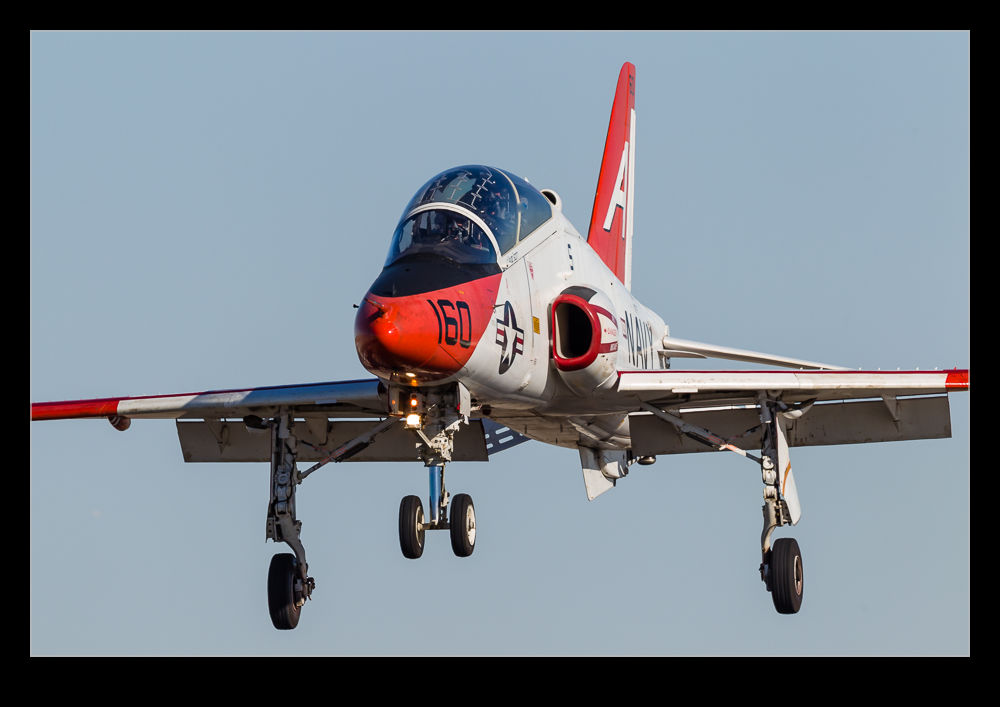 The carrier launch requirements meant the simple nose gear was replaced with a far chunkier assembly with dual wheels and the catapult launch bar, all of which was beefier enough to take the catapult launch loads. Covering this all up were big nose gear doors. These were originally either open or closed. If you look at the doors, you can see they are like adding large fins to the front fuselage. This is very destabilizing. The rear doors must stay open when the gear is down but the front doors were rescheduled to close again once the gear was down, making a substantial difference in directional stability. They have to open while the gear is transitioning and stability is reduced during this phase but it doesn’t last long. However, if you watch the retraction and extension sequence, you get a brief glimpse at how big these doors really are. From what I understand, a similar issue affected the F-35 and only the first airframe, AA-1, had the old single huge gear door.
The carrier launch requirements meant the simple nose gear was replaced with a far chunkier assembly with dual wheels and the catapult launch bar, all of which was beefier enough to take the catapult launch loads. Covering this all up were big nose gear doors. These were originally either open or closed. If you look at the doors, you can see they are like adding large fins to the front fuselage. This is very destabilizing. The rear doors must stay open when the gear is down but the front doors were rescheduled to close again once the gear was down, making a substantial difference in directional stability. They have to open while the gear is transitioning and stability is reduced during this phase but it doesn’t last long. However, if you watch the retraction and extension sequence, you get a brief glimpse at how big these doors really are. From what I understand, a similar issue affected the F-35 and only the first airframe, AA-1, had the old single huge gear door.
